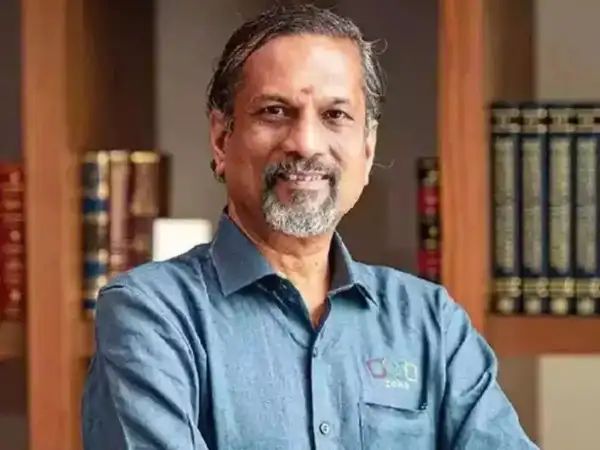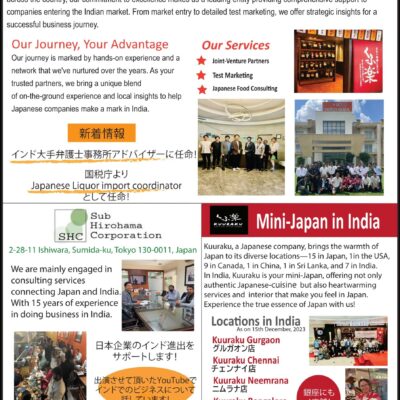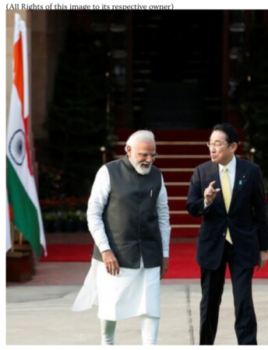Sridhar Vembu, the visionary CEO of Zoho Corporation, has sparked a conversation that goes beyond the usual economic yardstick of GDP. In a recent statement, he urged India to emulate the strategic thinking of China and Japan, two nations that have mastered the art of long-term planning and innovation. But what does this mean for India? Why should a country obsessed with GDP growth shift its focus? Let’s dive into Vembu’s perspective and explore why India needs to rethink its growth strategy.
Beyond the GDP Obsession

GDP, or Gross Domestic Product, has long been the go-to metric for measuring a nation’s progress. It’s a number that politicians love to flaunt and economists love to dissect. But Vembu argues it’s a narrow lens. “GDP doesn’t tell the whole story,” he’s been quoted saying, and he’s got a point. While India’s economy is growing—projected to hit $4 trillion by 2026, according to some estimates—it’s not translating into equitable prosperity or sustainable development. China and Japan, on the other hand, have prioritized metrics like technological self-reliance, industrial strength, and human capital development alongside economic growth.
Take China’s rise as a global manufacturing powerhouse. It wasn’t just about pumping up GDP; it was about building infrastructure, investing in education, and creating an ecosystem where innovation thrives. Japan, too, rebuilt itself post-World War II by focusing on quality, precision, and industries like electronics and automotive. Vembu believes India needs this kind of holistic vision—one that balances economic growth with societal and technological advancement.
Learning from China’s Strategic Playbook
So, what can India learn from China? For starters, long-term planning. China’s five-year plans are legendary for setting clear goals—whether it’s dominating 5G technology or leading in renewable energy. India, by contrast, often gets bogged down in short-term political wins. Vembu emphasizes the need for a “mission-driven” approach. Imagine India committing to becoming a global leader in, say, green energy or artificial intelligence by 2040. It’s not just about funding startups; it’s about creating policies, nurturing talent, and building infrastructure to support those goals.
Another lesson is self-reliance. China’s push for indigenous technology—think Huawei or BYD—has reduced its dependence on foreign players. India, despite its IT prowess, still imports critical components like semiconductors. Vembu’s call to “think like China” is a nudge to invest in R&D and manufacturing capabilities. Why can’t India produce its own chips or electric vehicle batteries? It’s a question worth asking.
Japan’s Lesson: Quality Over Quantity
Japan offers a different but equally valuable lesson: the power of precision and quality. From Toyota’s lean manufacturing to Sony’s cutting-edge electronics, Japan built its reputation on excellence. Vembu sees this as a model for India’s small and medium enterprises (SMEs). Instead of chasing low-cost production, Indian businesses should aim for high-value, high-quality output. This shift could transform sectors like textiles, pharmaceuticals, and even software services, where India already has a foothold.
Moreover, Japan’s focus on human capital—through education and skill development—is something India desperately needs. With a young population of 1.4 billion, India has a demographic dividend waiting to be tapped. But without quality education and vocational training, this could turn into a demographic disaster. Vembu’s vision is clear: invest in people, not just projects.
Why This Matters Now
As India stands at a crossroads, Vembu’s words are a wake-up call. The global economy is shifting—geopolitical tensions, supply chain disruptions, and climate challenges are reshaping priorities. India can’t afford to be a bystander. By thinking like China and Japan, India can carve out a unique path—one that combines scale, innovation, and sustainability.
The question is: Can India break free from its GDP fixation and embrace a broader vision? It won’t be easy. It requires political will, private-sector collaboration, and a cultural shift toward long-term thinking. But if India pulls it off, the rewards could be transformative.
Read more: Ambassador Sibi George Leads India Pavilion-BHARAT at World Expo 2025 Osaka
FAQs
1. What does Sridhar Vembu mean by “thinking like China and Japan”?
Vembu is urging India to adopt the strategic, long-term planning of China and the quality-driven, human-centric approach of Japan. This includes investing in technology, manufacturing, education, and infrastructure, rather than focusing solely on GDP growth.
2. Why is GDP not enough to measure India’s progress?
GDP measures economic output but ignores factors like inequality, environmental sustainability, and technological self-reliance. Vembu believes India needs a broader framework to ensure equitable and sustainable growth.














